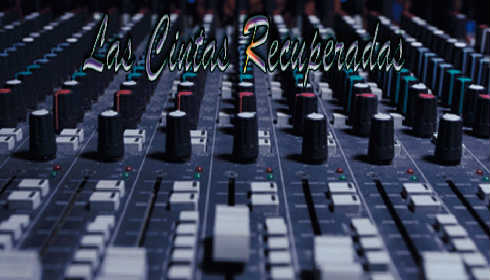1.Desconserto
2.Mestre Bemvaiorna
3.Subsequencias
4.Inside
5.Quando For
6.Considerando
7.Roda Dentada.
Afonso Pais - Guitars,Piano
Edu Lobo - Vocals (tracks 6,7)
Carlos Barretto - Double Bass
Alexandre Frazao - Drums.
Afonso Pais is already, in spite of youth, one of the most renowned guitarists nationals. Student School Jazz Hot Club of Portugal and later scholarship at Berklee College of Music in Boston, eventually graduating from the Mannes College of New York, where he was a student of Peter Bernstein and Kurt Rosenwinkel and Vic Juris.
Back to Portugal started an experimental project with Joanne Machado, and Newfoundland, where he worked with Peter Bernstein, Peter Zak, Perico Sambeat, Marc Miralta, Chris Higgins, Albert Sanz, Alexis Cuadrado, Carlos Barretto and Alexander Frazier.
Terranova has been with the project, in a trio with Carlos Barretto and Alexander Frazier, who recorded his first album in 2004 by Clean Feed. He was also responsible for the musical direction of two albums have been issued by Madeiran singer Joana Machado, Crude and In the House of Oscar.
As a teacher at the School of Music and Performing Arts of Porto, Funchal and the Conservatory of the Jazz School still Luís Villas-Boas of the Hot Club of Portugal.
Subsequences is his second album as leader, repeating the rhythm section of luxury, Carlos Barretto on double bass and Alexander Frazier on drums (who shares with the trio of Bernardo Sassetti), but changing the label, which became the German Enja, which you will certainly be a greater international visibility.
Complementing the main ambition of the project comes the name of the Brazilian Edu Lobo, who gives voice to two original songs by guitarist: Considering and Sprocket, the latter already recorded by the singer Joana Machado.
Since then is to highlight the option for the guitarist in trio formation, revealing a confidence unusual in earlier works. The same assumption requires the exclusive (or almost, since in any of the discs there are guest musicians for some themes) tasks melodic, Afonso Pais that ensures a personalized way. But also noteworthy is the almost exclusive original bet for both recordings, revealing a facet of the composer fully achieved, by the guitarist.
Recorded in 2006 in Studio Mario Barreiros in Vila Nova de Gaia, Subsequências had to wait two years to reach the shelves of the clubs, but did so through a prestigious international publishing house. Afonso Pais on it also reveals unexpected gifts as a pianist, as one of the themes, precisely what gives the album name, is a blues played by himself and the piano on which to honor three pianists who have proved important in his musical influences: Hank Jones Thelonious Monk and Antonio Carlos Jobim.
Also noteworthy are the arrangement for the song Inside jazz, done by the British as well as Underground Nooday Whereas, a sophisticated ballad written by guitarist and arranged in partnership with Edu Lobo, who gives voice.
A disc that confirms the talent of Afonso Pais, already known from previous works, but they added a more mature, composition, arrangements and broadened his musical palette and instrumental.















